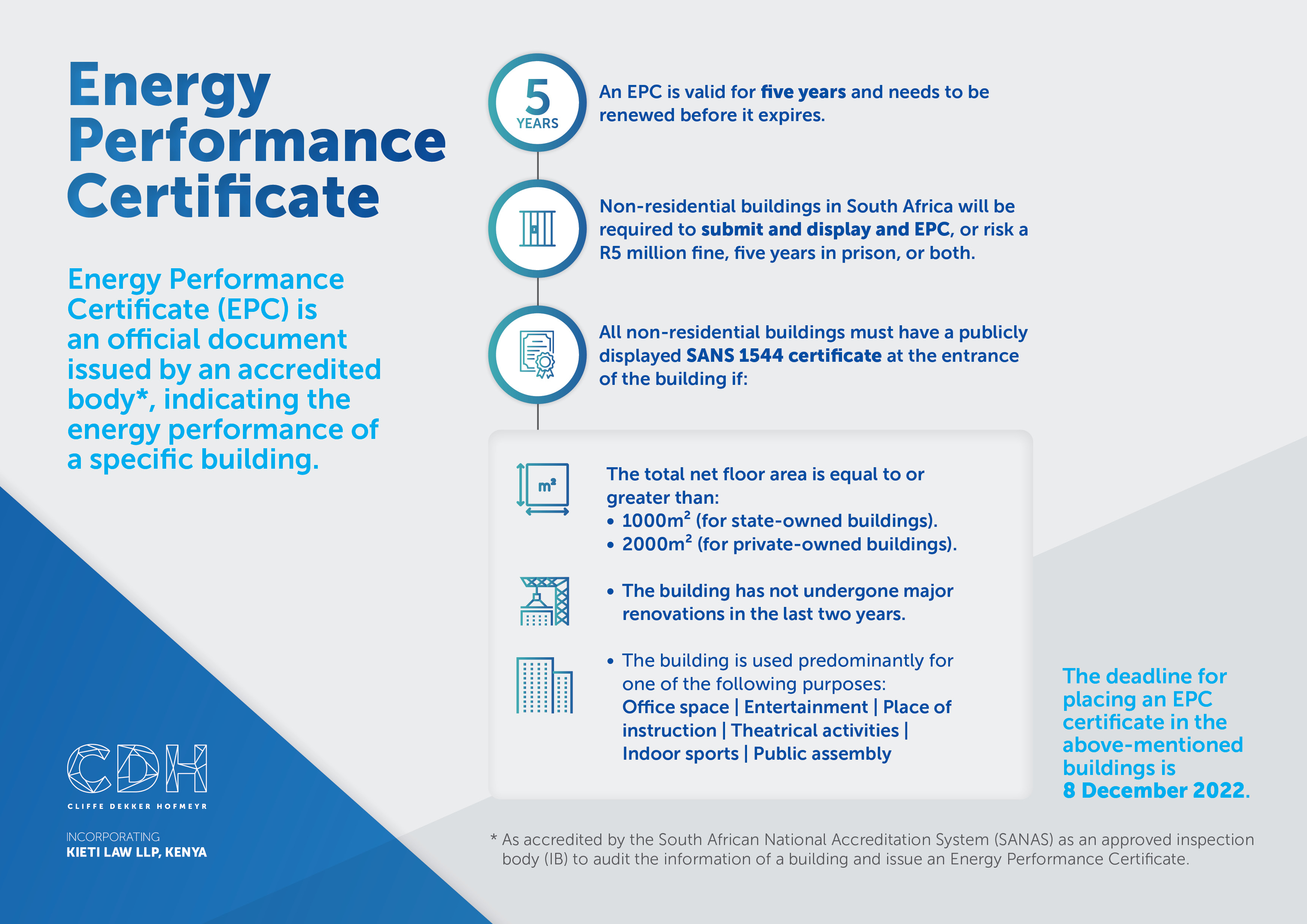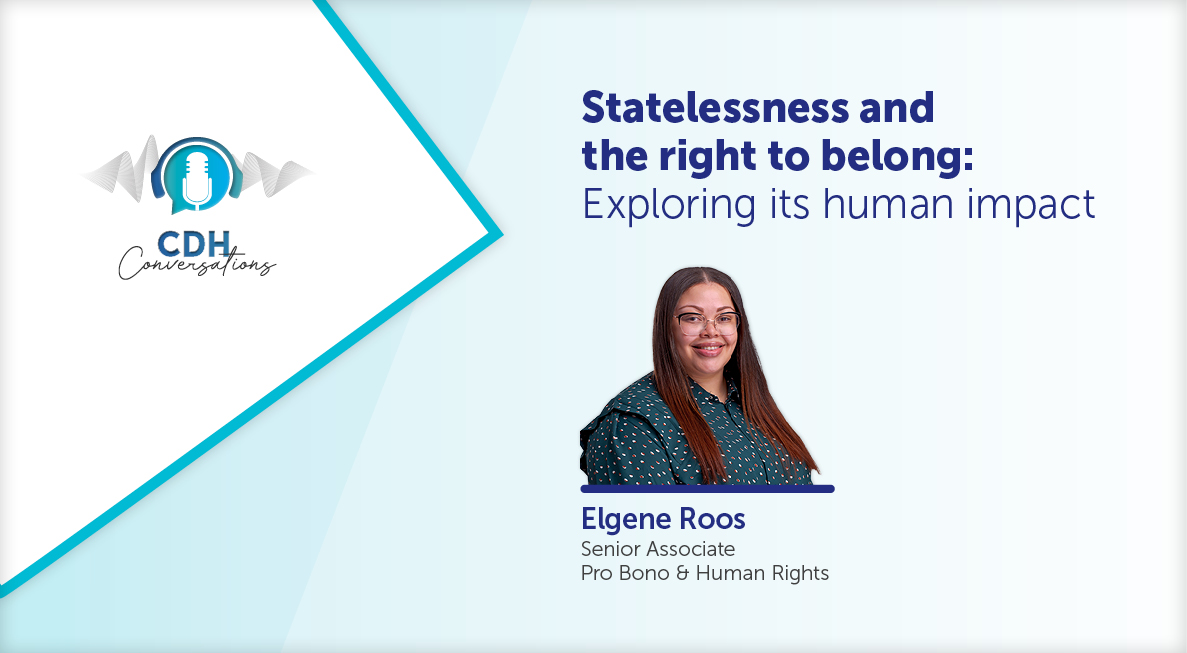Kustingsbrief bond and its use today
At a glance
- A "Kustingsbrief" is a mortgage bond used to secure the purchase price or balance of a property when a purchaser is unable to obtain financing from a financial institution. It is registered simultaneously with the property transfer and provides security to the party that has advanced the money.
- The traditional form of a Kustingsbrief was registered in favor of the seller of the property, but in modern practice, it can also be registered in the name of any third party who lends money to the purchaser.
- Advantages of using a Kustingsbrief include the opportunity for a purchaser to buy a property without loan approval, the ability to negotiate the interest rate, preferential claim for the mortgagee in case of the purchaser's insolvency, and the possibility of being registered as a first bond. However, the mortgagee may need to become a registered credit provider, and the seller may experience frustration due to delayed receipt of the full purchase price.
This type of bond must be registered simultaneously with the registration of the transfer of the property to secure the mortgagee for payment of the purchase price with the property as the mortgagee’s security, i.e. the property is mortgaged in favour of the party who has advanced the money to the purchaser.
In today’s stressed economic climate, especially after the COVID-19 pandemic, it has become increasingly difficult for purchasers to secure finance from financial institutions, leaving few options available to them. The Kustingsbrief may prove useful as an alternative option to purchasers should a willing mortgagee or seller consent to such a mortgage loan and wish to enjoy the added security offered by a Kustingsbrief.
A Kustingsbrief bond does not differ from an ordinary mortgage bond that secures a loan for money, except that the installments on the repayment of the bond are representative of either the full purchase price or the balance of the purchase price, which then changes the wording of the “cause of debt” clause from an ordinary mortgage bond. This wording will thus indicate that the bond is indeed a Kustingsbrief.
The traditional form of a Kustingsbrief has three distinctive characteristics
- the cause of debt was for securing the purchase price or the balance of the purchase price;
- it had to be registered simultaneously with the registration of the transfer of the immovable property over which the Kustingsbrief was to be registered; and
- it could only be registered in favour of the seller of the immovable property.
In today’s economic climate, and in the more modern form of a Kustingsbrief, the third characteristic has fallen away and a Kustingsbrief does not necessarily have to be registered in favour of the seller of the immovable property, but can also be registered in the name of any third party who advances money to the purchaser for the purchase price or the balance thereof. The first and second characteristics are still applicable.
Advantages of a Kustingsbrief
There are some advantages to using this method of financing, the most obvious being that a purchaser who does not obtain loan approval from a financial institution can still have the opportunity to purchase the immovable property by obtaining finance from either the seller or any other third party.
Another advantage is that the interest rate can be negotiated between the purchaser and the mortgagee. However, it is important to note that when a Kustingsbrief is registered and interest is indeed payable, the mortgagee must then register as a credit provider in terms of section 40(1) of the National Credit Act 34 of 2005.
The mortgagee will also have a preferential claim in the event that the purchaser’s estate is sequestrated, and thus the provisions of section 88 of the Insolvency Act 24 of 1936 are not applicable. Section 88 stipulates that a mortgage bond passed to secure a debt should be lodged with the Registrar at the relevant Deeds Registry within two months after the debt was incurred. Should the mortgage bond not be lodged within this time period, the mortgagee will not have a preferential claim should the purchaser be declared insolvent within six months after lodgement. A Kustingsbrief is, however, exempt from the applicability of section 88.
Because a Kustingsbrief is simultaneously registered with the transfer of the immovable property, it will be considered as a first bond, giving the mortgagee preference over any other bond holders. It can, however, also be registered as a second bond if the second bond is registered simultaneously with the transfer of the immovable property into the name of the purchaser as well.
Parties to such agreements should bear in mind that should interest be agreed upon between the purchaser and the mortgagee, it could delay the process if the mortgagee is not a registered credit provider as they will first need to apply to become one and receive the necessary approval.
Should the mortgagee be the seller, this method of financing may result in the seller becoming frustrated at the time it takes to secure the full purchase price (or balance thereof) as the seller will not receive the funds immediately but rather over time in the agreed installments.
Considering the above, a Kustingsbrief is an option for a purchaser to consider if they cannot obtain loan approval from a financial institution but still wish to purchase the immovable property and if the purchaser is fortunate enough to convince the seller or find a third party to enter into this method of financing.

The information and material published on this website is provided for general purposes only and does not constitute legal advice. We make every effort to ensure that the content is updated regularly and to offer the most current and accurate information. Please consult one of our lawyers on any specific legal problem or matter. We accept no responsibility for any loss or damage, whether direct or consequential, which may arise from reliance on the information contained in these pages. Please refer to our full terms and conditions. Copyright © 2026 Cliffe Dekker Hofmeyr. All rights reserved. For permission to reproduce an article or publication, please contact us cliffedekkerhofmeyr@cdhlegal.com.
Subscribe
We support our clients’ strategic and operational needs by offering innovative, integrated and high quality thought leadership. To stay up to date on the latest legal developments that may potentially impact your business, subscribe to our alerts, seminar and webinar invitations.
Subscribe




